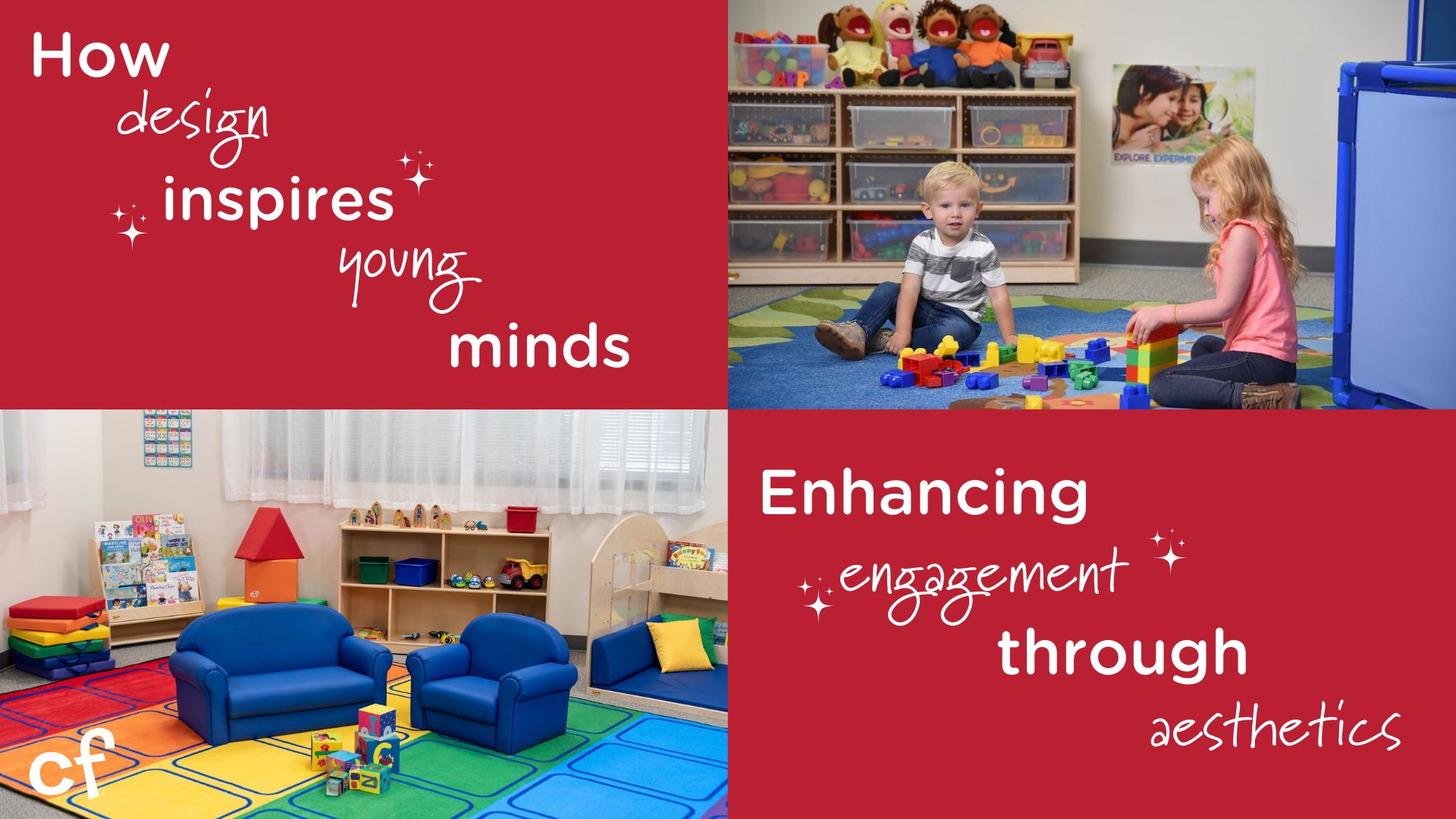
Creating the Perfect Classroom: Designing Spaces that Inspire Young Minds
In the realm of early childhood education, the classroom is more than just a room; it’s a haven where young minds embark on the journey of learning. The environment in which children learn plays a pivotal role in shaping their educational experiences and outcomes. Creating the perfect classroom involves thoughtful furniture selection and strategic layout planning to foster an engaging and conducive learning environment.
The Role of Furniture in Learning
Furniture in a classroom isn’t just about aesthetics or comfort; it’s a critical component that influences how children interact, learn, and grow. Ergonomically designed chairs and tables not only provide comfort but also support proper posture, which is essential for young children who are still developing their physical skills. Adjustable furniture that grows with the child can make a significant difference in maintaining engagement and focus.
Zones of Learning
Creating distinct zones within the classroom can cater to different activities and learning styles. A reading corner with cozy bean bags and bookshelves filled with age-appropriate literature invites children to immerse themselves in the world of stories. An art station with easels, tables, and a variety of art supplies encourages creativity and self-expression. Interactive learning zones equipped with sensory tables and manipulatives foster hands-on exploration and problem-solving skills.
Flexible Layouts for Dynamic Learning
The layout of a classroom should be flexible to accommodate various teaching methods and activities. Movable furniture allows for quick reconfiguration of the space to suit different needs, whether it’s group work, individual study, or circle time. This adaptability ensures that the classroom can evolve with the curriculum and the children’s changing interests.
Inclusive and Accessible Design
A well-designed classroom is inclusive and accessible to all students. Furniture should be sized appropriately for young children and arranged to allow easy movement for those with mobility challenges. Consideration for sensory needs, such as providing quiet areas or sensory-friendly furniture, ensures that every child can thrive in the learning environment.
Enhancing Engagement Through Aesthetics
The aesthetic appeal of a classroom shouldn’t be underestimated. Bright colors, natural light, and visually stimulating decor can create a welcoming and inspiring atmosphere. However, it’s essential to strike a balance to avoid overstimulation. Thoughtfully selected wall art, educational posters, and nature-inspired elements can contribute to a calm yet engaging environment.
Creating the perfect classroom is an ongoing process that requires attention to detail and a deep understanding of the needs of young learners. By prioritizing thoughtful furniture selection and strategic layout design, educators can create a space that not only supports but also inspires children on their educational journey. Investing in the right environment is an investment in the future, laying the foundation for a lifetime of learning and growth.